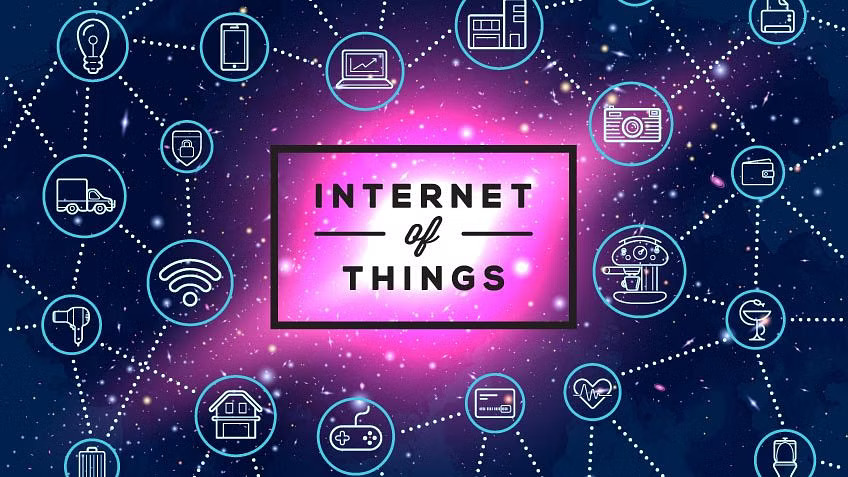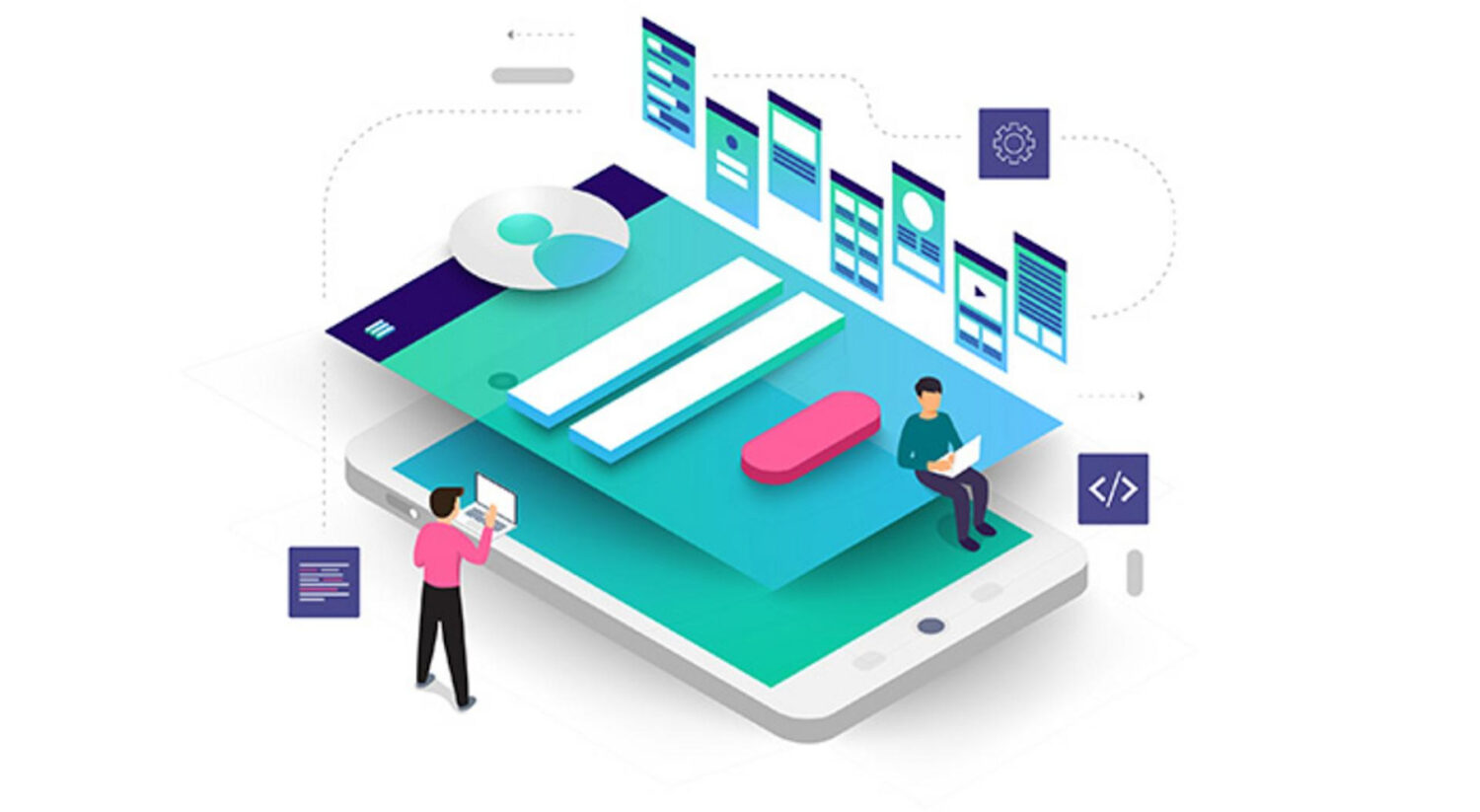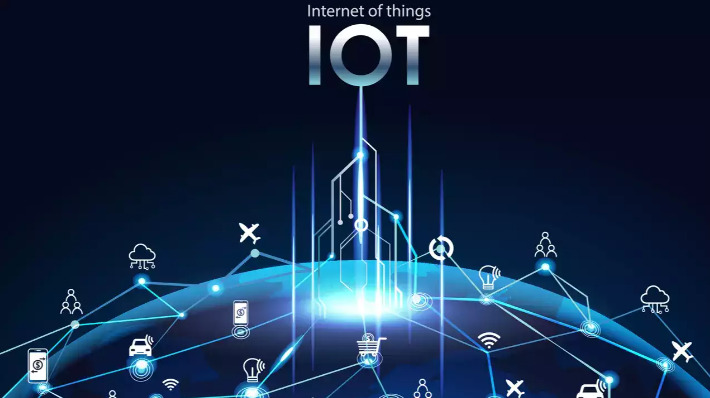The realm of technology is in a constant state of flux, and one of its most remarkable breakthroughs in recent times has been the ascent of Internet of Things (IoT) applications. From smart homes to industrial automation, IoT has completely transformed our digital interactions. In this article, we will delve into the origins of IoT, examine the prevailing trends in IoT application development, explore the most popular and profitable niches, guide you on selecting the right type of IoT application to develop, shed light on vital factors to consider prior to commencing development, outline the process of how to develop iot application, and provide insights on effectively promoting your application.

The Emergence and History of IoT Applications
The journey of IoT applications commenced in the early 2000s when the notion of connecting ordinary objects to the internet was introduced. However, it was not until the mid-2010s that IoT applications gained substantial traction. The increased accessibility of affordable sensors, enhanced connectivity, and the advent of cloud computing played a pivotal role in fostering this growth. Companies began exploring the potential of IoT to bolster efficiency, streamline processes, and enhance user experiences.
Trends in IoT Application Development
In the fast-paced world we inhabit today, IoT application development is influenced by several prominent trends:
a. Edge Computing: As the world embraces edge computing, processing power is shifting closer to the data source. This approach curbs latency, facilitates real-time decision-making, and reduces reliance on cloud infrastructure.
b. Integration of Artificial Intelligence (AI): IoT applications are becoming smarter with the infusion of AI technologies. Machine learning algorithms analyze copious amounts of data generated by connected devices, enabling predictive insights and autonomous decision-making.
c. Blockchain Security: The decentralized and transparent nature of blockchain technology addresses critical security concerns in IoT applications. It ensures secure data transmission, eliminates the risk of tampering, and fosters trust among stakeholders.
d. 5G Connectivity: The advent of 5G networks promises expedited and more reliable connectivity, enabling seamless communication between IoT devices and unlocking new possibilities for real-time applications.
The Most Popular and Profitable Niches in IoT
Presently, the healthcare industry reigns supreme as one of the most popular and profitable niches in IoT application development. Smart healthcare solutions, encompassing remote patient monitoring, wearable devices, and healthcare asset tracking, possess the potential to enhance patient outcomes, optimize resource allocation, and slash costs.
Moreover, the smart home market continues to expand, with IoT applications catering to home automation, energy management, and security garnering substantial attention. The convenience and energy-saving benefits offered by smart home devices attract consumers seeking a connected and comfortable lifestyle.
Industrial IoT (IIoT) represents another lucrative niche, empowering businesses with real-time monitoring, predictive maintenance, and automation. IIoT applications streamline operations, enhance productivity, and minimize downtime, resulting in significant cost savings for industries.
Selecting the Right Type of IoT Application to Develop
When contemplating the type of IoT application to develop, it is essential to assess market demand, potential profitability, and your own expertise. Here are some existing types of IoT applications to consider:
a. Consumer Applications: These target individual consumers and focus on enhancing daily life experiences. Examples include smart home automation, wearable fitness devices, and connected car solutions.
b. Industrial Applications: These cater to businesses and industries, aiming to optimize processes, improve efficiency, and enable predictive maintenance. Popular examples include industrial automation, supply chain management, and asset tracking.
c. Healthcare Applications: IoT applications in healthcare span remote patient monitoring, telemedicine, medication adherence, and hospital asset management, among others.
d. Agriculture Applications: IoT is revolutionizing
agriculture with applications such as precision farming, livestock monitoring, and crop management systems. These solutions boost productivity, minimize waste, and foster sustainability.
5. Considerations Prior to Starting IoT Application Development
Before embarking on IoT application development, it is crucial to be cognizant of potential risks, challenges, and key factors that can influence success:
a. Security: IoT applications handle sensitive data, necessitating robust security measures. Addressing vulnerabilities, implementing encryption protocols, and safeguarding data privacy are of paramount importance.
b. Interoperability: IoT ecosystems often encompass multiple devices and platforms. Ensuring seamless interoperability and integration across different devices and systems is essential for a smooth user experience.
c. Scalability: As the number of connected devices escalates, scalability becomes indispensable. Designing a flexible architecture that can accommodate future growth is critical to evade performance issues.
d. User Experience: Intuitive interfaces, responsive design, and seamless interactions are crucial for delivering a superior user experience. Comprehending user needs and incorporating their feedback throughout the development process is imperative.
The Process of IoT Application Development

Developing an IoT application entails several stages:
a. Ideation and Conceptualization: Define the application’s purpose, target audience, and core features. Conduct market research to identify gaps and opportunities.
b. Prototyping and Design: Visualize the application’s functionality and user experience through wireframes, prototypes, and user interface designs.
c. Development and Integration: Construct the application, integrate IoT devices, and establish connectivity protocols. Implement backend infrastructure and develop APIs for seamless data exchange.
d. Testing and Quality Assurance: Conduct rigorous testing to ensure the application functions as intended, is secure, and provides an optimal user experience.
e. Deployment and Maintenance: Deploy the application on desired platforms and continually monitor, maintain, and update it to address bugs, security patches, and feature enhancements.
Post-Development: Promoting Your IoT Application
Following the development phase, effective promotion is vital to maximize the reach and impact of your IoT application. Consider the following strategies:
a. App Store Optimization (ASO): Optimize your application’s metadata, keywords, and descriptions to enhance visibility and ranking in app stores.
b. Digital Marketing: Leverage social media platforms, content marketing, and targeted advertising to reach your intended audience. Engage with users, create informative content, and highlight your IoT application’s unique value proposition.
c. Partnerships and Collaborations: Collaborate with relevant industry partners, influencers, and complementary service providers to broaden your reach and tap into their existing user base.
d. User Feedback and Referrals: Encourage users to provide feedback, ratings, and reviews. Positive user experiences and word-of-mouth referrals can significantly augment your application’s reputation and attract new users.
Conclusion
The evolution of IoT applications has unlocked boundless possibilities across industries, revolutionizing our lifestyles, work processes, and technological interactions. By comprehending the origins, current trends, lucrative niches, and successful strategies in IoT application development, you can embark on a journey to create innovative and impactful solutions that shape the future. Remember, thorough research, meticulous planning, and effective promotion are pivotal to the success of your IoT application in this rapidly evolving landscape. So, gear up to embrace the exciting world of IoT and leave a lasting impression!
Read more articles at Anmol Ideas



